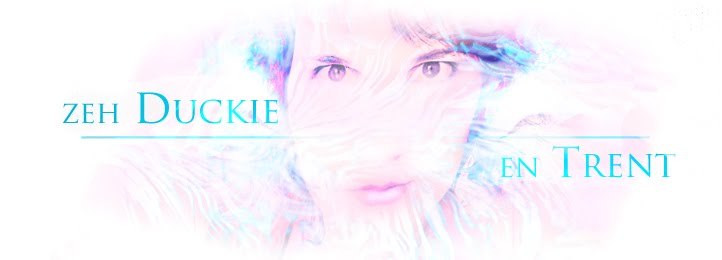...although, it was never gone. This technique, applied in painting to produce some of the most `hip` works in the history of art has been picked up by movie makers and photographers faster than you can say `I want to bring sexy back in my composition`. Let`s face it, Murnau`s Faust (1926) or Nosferatu (1922) would be bedtime, clean, boring, family-fun stories without the magic of chiaroscuro (or, if you think that`s not fancy enough, some call it Rembrandt lighting). So, I had read a few things about it a few years ago with regards painting, and now, since I will most probably use it for the Identities project, I have done some looked up Youtube for some advice on how the technique is applied to more recent media (photos, films).
These are probably the most useful, as they demonstrate ways in which one can use the lighting in 3D modelling programs, or while taking a photo, so that you save a lot of time and energy by creating the feel you want right from the process of shooting, instead of massive editing.
Now, for some examples of chiaroscuro in painting...
...and in Kubrick`s Barry Lindon (1975)...
And, I thought I should try and mess around with the concept in Photoshop too. Ideally, of course, using adecquate lighting while taking the picture would give the best results, but I still managed to come up with what I think are some interesting results.




No comments:
Post a Comment